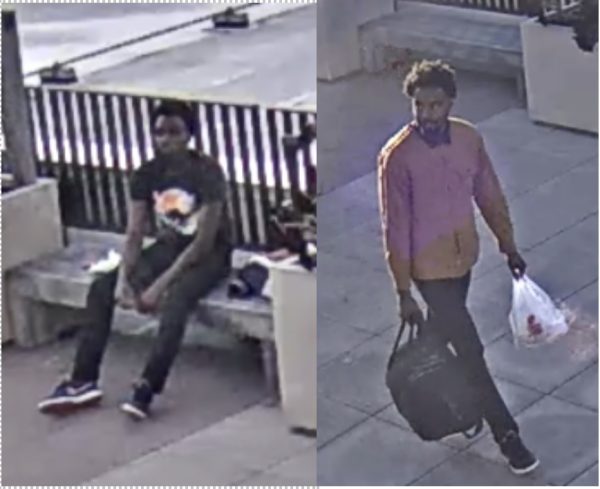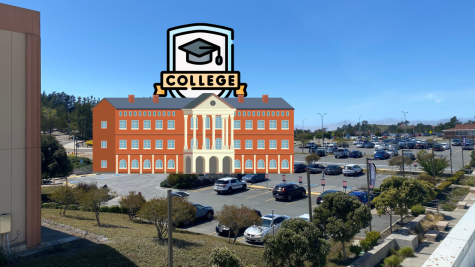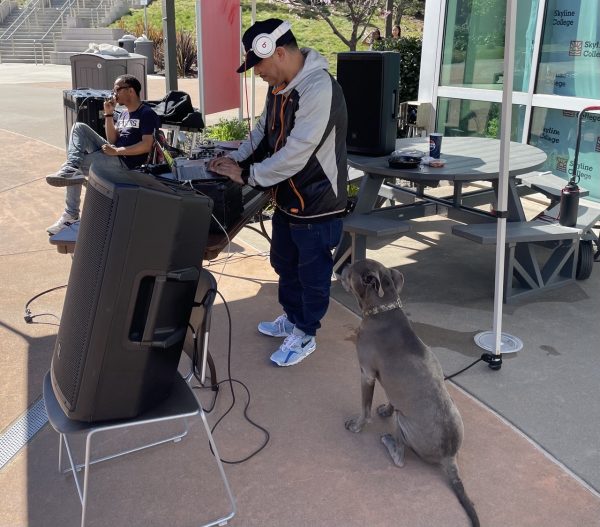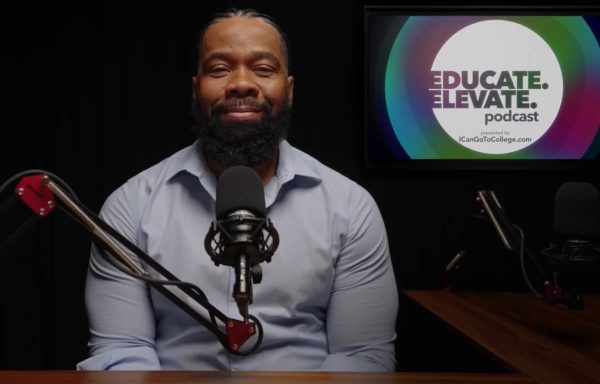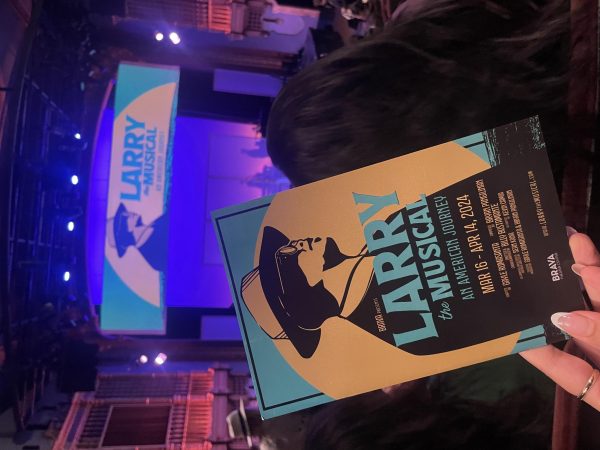Lockdown button installation across campus is ongoing
In an effort to provide a safer environment, facilities at Skyline have installed lockdown buttons in rooms all across campus over the past several weeks with completion of the project slated for next week.
The lockdown buttons are being installed in high-value rooms such as computer labs, office areas, equipment/chemical storage and some classrooms that have doors with Access Control and Alarm Monitoring Systems. These ACAM doors open from the outside electronically with the swipe of an ID card. The goal of these buttons is to allow occupants of the room to lock the door from the inside in case of an active shooter situation. Their installation is a part of an overall safety upgrade on campus.
“It is our responsibility to make sure staff and students are as safe as can be,” said Cherie Colin, director of Community Relations and Marketing at Skyline.
Previously, for ACAM doors to be locked from the inside, someone would have had to notify Public Safety or the district office. However, the ACAM doors would still have been accessible from the outside if someone had an ID card that could grant them access. These buttons look to remedy that. Their function was described in an email to district faculty and staff sent by Bill Woods, the chief/director of Public Safety for SMCCCD.
Pushing the bright red lockdown buttons will block power to the lock, disabling the use of ID cards or fobs to unlock the door from the outside. However, a regular mechanical key will still allow access into the room. Although the buttons won’t allow electronic access into the room, it will not hinder anyone’s ability to leave the room. After a lockdown situation, the buttons can simply be turned until they pop back to their original position which restores power to the outside lock.
On the list of rooms that recently received this addition was The Skyline View newsroom, in Building 8 Room 8110.
As a bastion of free speech, journalists have become targets by some. Most recently, a California man was arrested for threatening to kill Boston Globe reporters after learning they were going to publish an editorial pushing back against the hate and discreditation of journalism. But one of the most shocking recent events was the mass shooting of five employees in the newsroom of the Capital Gazette this past summer. Perhaps what made it so shocking was that it was a small, community publication and not a huge corporation.
Small newsrooms across the country have felt the shock waves since that day. Bryan McMahon, founder and publisher of The Ponchatoula Times in Ponchatoula, Louisiana reacted to the aftermath of the Capital Gazette shooting.
“I’m horrified. It was a sister community newspaper to ours,” McMahon said.
A third-generation journalist, McMahon described hazards of the job.
“I’ve been cognizant of the danger. I’ve been very strong in the environmental and to the lesser extent, the political world of Ponchatoula. There’s always people that excites,” said McMahon.
Journalism is a small world, which makes the Capital Gazette shooting in Annapolis, Maryland have a much broader impact. Clay Lambert, editorial director at Half Moon Bay Review weighed in via a phone interview.
“It’s safe to say it really hit home. I used to work with one of the people killed,” Lambert said.
Lambert is referring to his shared history of working at The Palm Beach Post around 20 years ago with Rob Hiaasen, an assistant editor at The Capital Gazette that died in the shooting.
Discussing the extreme reaction to a local paper reporting the news, Lambert said: “People that are psychologically unstable can get some newspapers to lock their doors during business hours. I don’t want to live in that environment.”
When asked if the shooting will change the way he reports the news, Lambert was adamant.
“Oh no. Absolutely not. We still serve the local community. We write local stuff. The smaller the community, the safer it is.”
In a time when even small newsrooms can be targets, any effort to ensure the safety of its members and the surrounding community is a step in the right direction.




